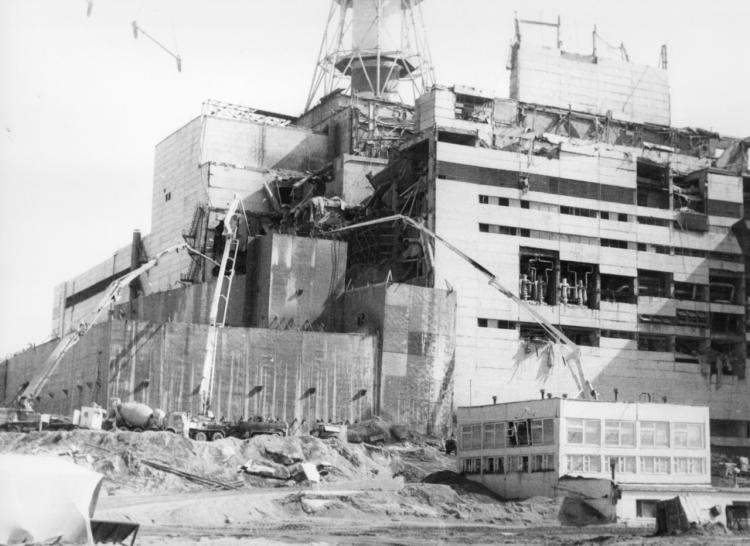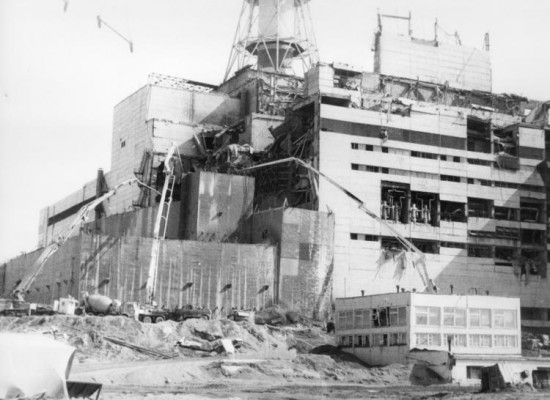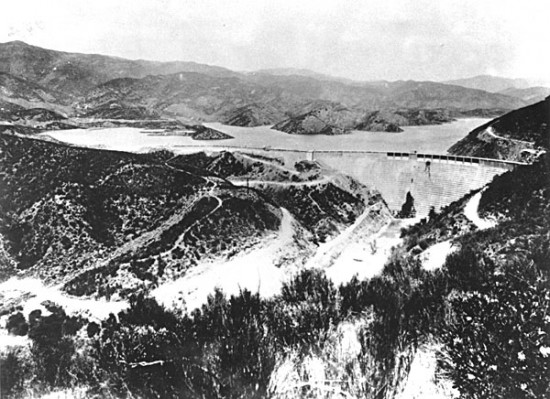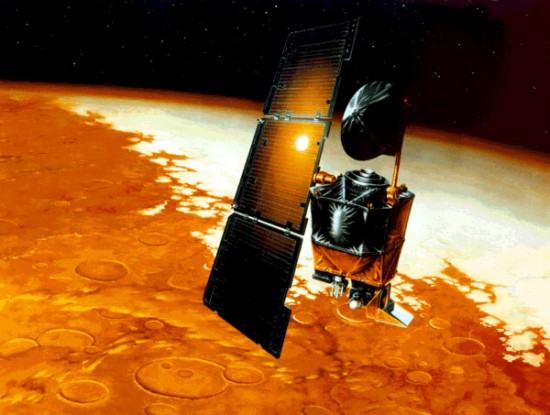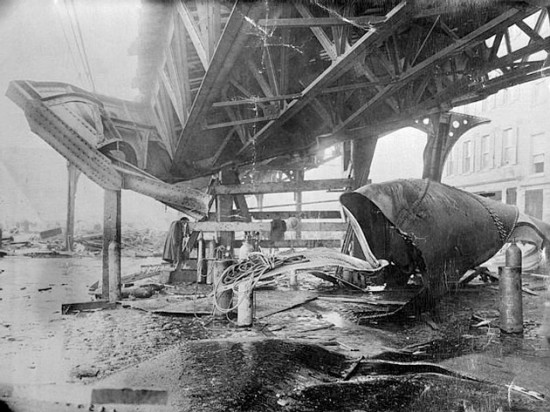No. 7: Chernobyl Nuclear Power Plant Disaster
On April 26th, 1986 Nuclear Reactor #4 exploded, conveying a huge cloud of radioactive particles high into the atmosphere. The flames burned for many days and the region was evacuated. The reactor is still there and the neighboring city of Pripyat still lies deserted. A 30 km keeping out zone is in consequence around the area and there are quite a few martial checkpoints along the way.
[youtube]http://www.youtube.com/watch?v=BCg__9yeSE4[/youtube]
No. 6: St. Francis Dam Flooding
St Francis Dam was built between 1924 and 1926, 40 miles northwest of Los Angeles, in the San Francis Quito Canyon; the dam aim was to provide a reservoir for that city. By the end of 1927 and the first few months of 1928 cracks were seen and inspected and a major crack was found in the morning before the disaster when the dam was at full capacity. A few minutes before midnight on the 12 March 1928 the dam collapsed and opened the gate for 45 billions of water which surged down the canyon in a wave well over 100 meters high. 450 people were killed.
[youtube]http://www.youtube.com/watch?v=3MdB_s6KhwA[/youtube]
No. 5: Mars Climate Orbiter
The Mars Climate Orbiter, formerly known as the Mars Surveyor ’98 Orbiter, was a 338 kilogram (750 lb) robotic space probe launched by NASA on December 11, 1998. It was made to determine the distribution of water on Mars, monitor the daily weather and atmospheric conditions, record changes on the surface of MARS due to wind and other atmospheric effects, determine temperature profiles of the atmosphere, monitor the water vapor and dust content of the atmosphere and look for evidence of past climate change. But unfortunately on September 23, 1999, communication with the spacecraft was lost as the spacecraft went into orbital insertion, due to a navigational error. The spacecraft encountered Mars at an improperly low altitude, causing it to incorrectly enter the upper atmosphere and disintegrate. Several teams had been working on the project. NASA had been working in metric units for several years but one of the teams used English units and the lack of conversion meant that the Climate Orbiter approached Mars from an altitude of 60 kilometers (37 miles) instead of 150 kilometers (93 miles). The failure board’s first report identifies eight contributing factors that led directly or indirectly to the loss of the spacecraft. These causes include inadequate consideration of the entire mission and its post-launch operation as a total system, inconsistent communications and training within the project, and lack of complete end-to-end verification of navigation software and related computer models.”The ‘root cause’ of the loss of the spacecraft was the failed translation of English units into metric units.
No. 4: The Boston Molasses Disaster
At 529 Commercial Street, a huge molasses tank 50 ft tall, 90-ft in diameter and containing as much as 2,300,000 US gal collapsed. Observers affirmed that as it distorted there was a deafening echoing noise like a machine gun as the rivets shot out of the tank, and that the ground shook as if a train were passing by. The disintegration allows running free an enormous wave of molasses between 8 and 15 ft high, moving at 35 mph. The molasses wave was of sufficient force to break the girders of the adjacent Boston Elevated Railway’s Atlantic Avenue structure and lift a train off the tracks. Nearby, buildings were swept off their foundations and compressed. Approximately 21 people were killed along with 150 injured.


